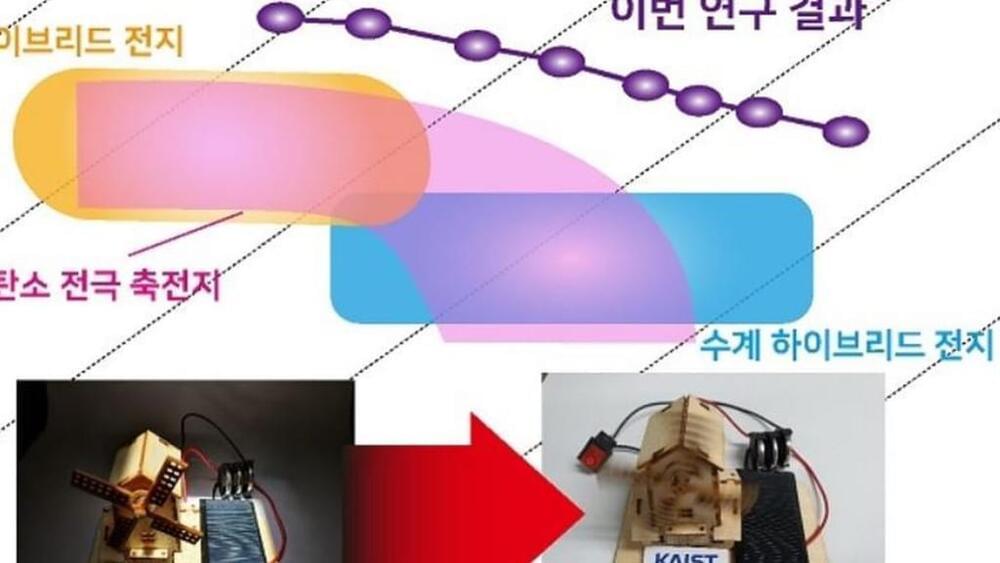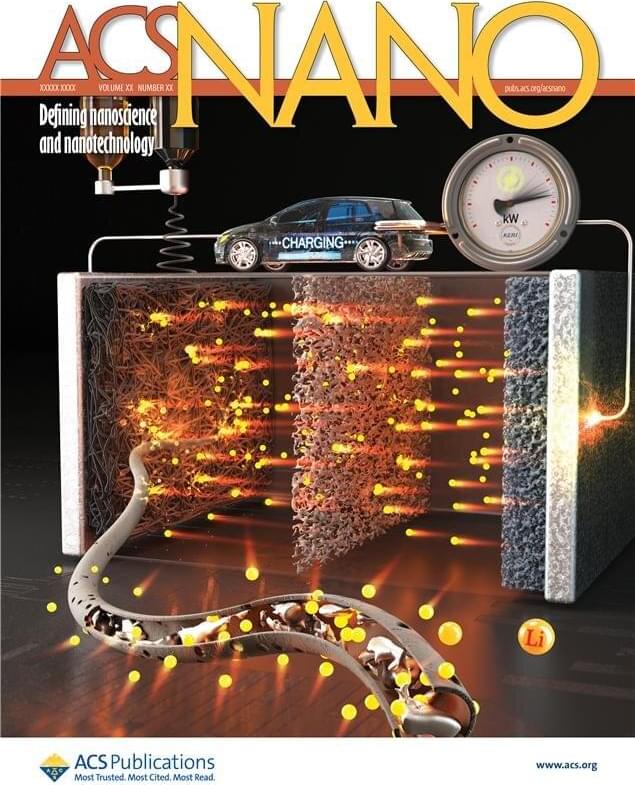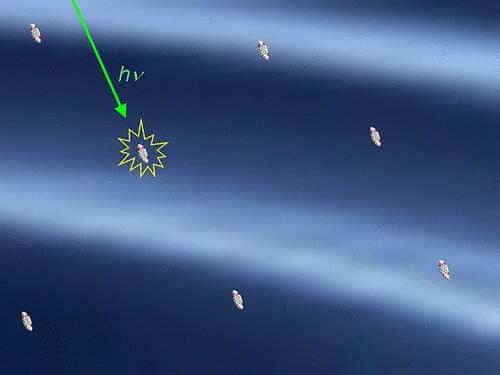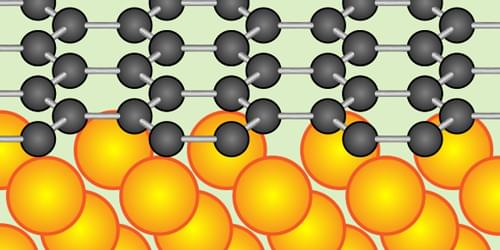Aug 31, 2022
Clean Fuel Breakthrough Turns Water Into Hydrogen at Room Temperature
Posted by Dan Breeden in categories: energy, nanotechnology
Hydrogen fuel promises to be a clean and abundant source of energy in the future – as long as scientists can figure out ways to produce it practically and cheaply, and without fossil fuels.
A new study provides us with another promising step in that direction.
Scientists have described a relatively simple method involving aluminum nanoparticles that are able to strip the oxygen from water molecules and leave hydrogen gas.

















